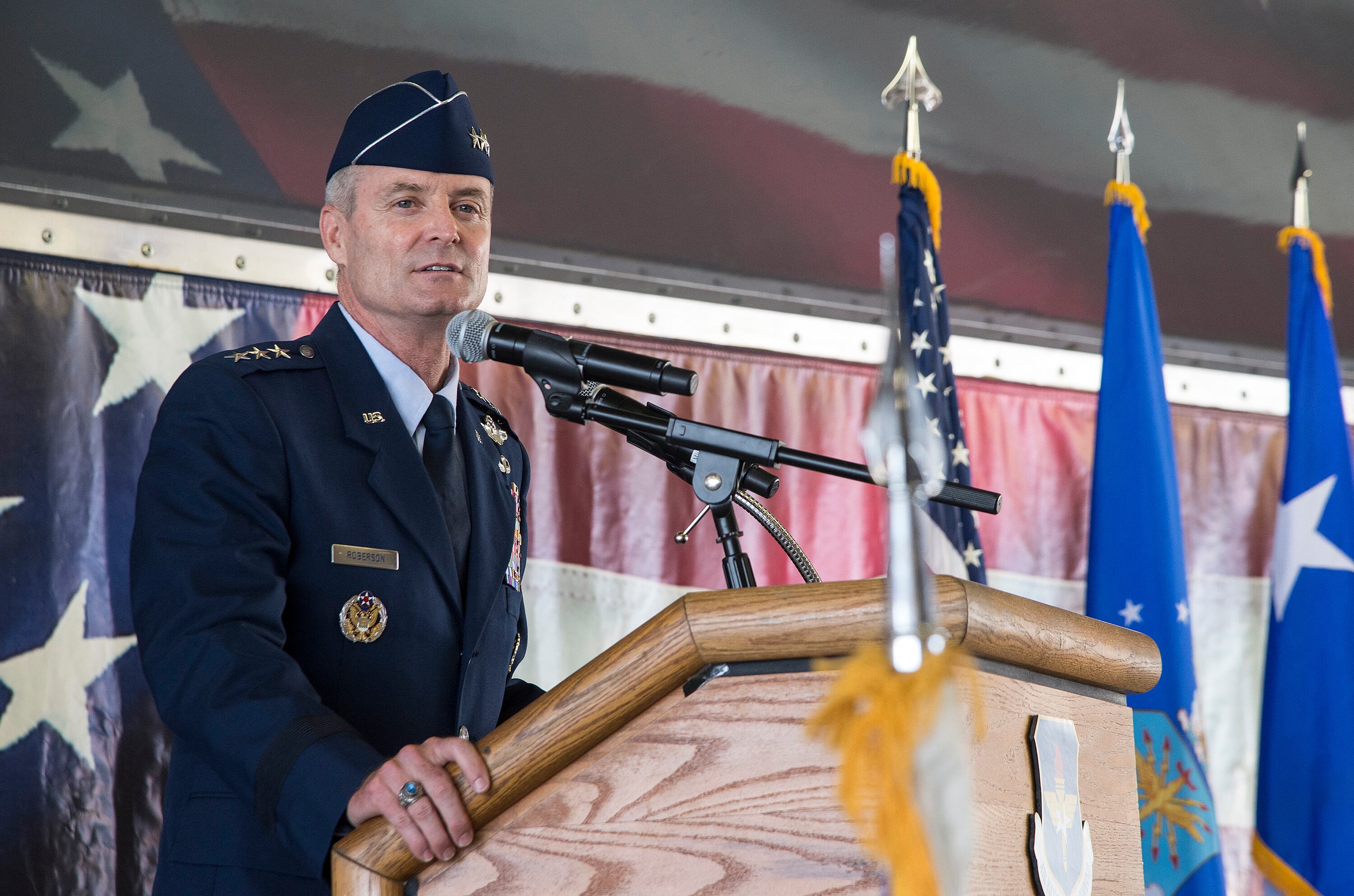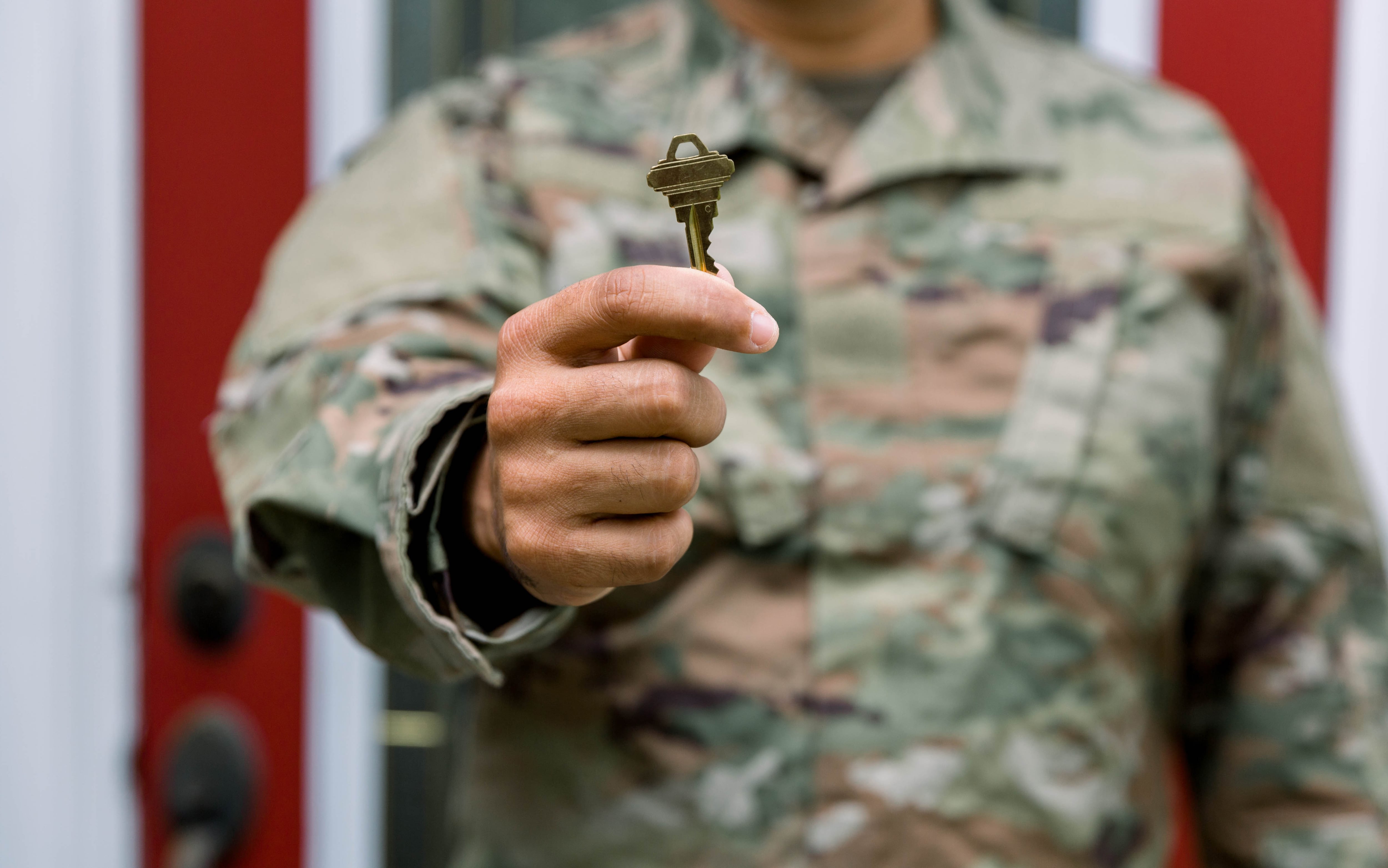National Harbor, Maryland -- The Air Force is still investigating the murder-suicide at Joint Base San Antonio-Lackland earlier this year -- but some changes have already been put in place to try to prevent such tragedies from happening again.
The Air Force was shocked in April when Technical Sgt. Steven Bellino, a pararescue student at the 342nd Training Squadron at Lackland's 37th Training Wing, apparently shot and killed Lt. Col. William Schroeder, commander of the 342nd, before killing himself.
The San Antonio Express-News reported that Bellino, who was previously in the Army and FBI before trying to become a pararescueman, went AWOL after failing a water endurance test. He was then taken into custody, the Express-News said, and returned to Lackland. He came back to the base, supposedly to face a non-judicial punishment, but instead opened fire.
During a media roundtable Monday at the Air Force Association’s Air Space Cyber conference here, Air Education and Training Command head Lt. Gen. Darryl Roberson said the Air Force enacted some preliminary changes as quickly as possible after the shooting.
"We immediately did a quick ‘What do we think happened here, and what can we do to try to make sure this doesn’t happen again,’ " Roberson said. "The review of all that is going on with that [and] continues even today. This is not a dead issue, this is an issue that we are continuing to look into. I’m still gathering information on exactly how or why."
The Air Force has already moved to speed up the process by which airmen are taken out of the battlefield airmen program when they decide to quit training, Roberson said. These sped-up processes include how soon they’re taken off-base, moved to another training area, or otherwise accommodating them.

Lt. Gen. Darryl Roberson said some changes have already been put into place after the April murder-suicide that killed a squadron commander at Joint Base San Antonio-Lackland in Texas. He is seen here during the ceremony at which he took command of Air Education and Training Command.
Photo Credit: Johnny Saldivar / Air Force
"We have a system, there’s legal pieces to it, and it just takes time," Roberson said. "So what we’re trying to do is expedite, help that, make that smoother, a lot faster, have commander input more directly on what we do with airmen when these kind of things happen."
The Air Force is also planning to propose changes to the laws governing what happens to airmen, like Bellino, who were previously in the military and decide to quit battlefield airman training, Roberson said. Those airmen have rights that affect the process when they decide to change training programs, Roberson said. He did not say how those policies might change.
Roberson said there are additional processes that are likely to be changed as a result of that review, but did not say what those might be. But he pledged not to let the shooting pass without making the needed changes.
"Obviously a tragic incident," he said. "Anytime we have one of our airmen, especially a squadron commander, that ends up getting killed as part of his duty, that's important to us."
Stephen Losey is the air warfare reporter for Defense News. He previously covered leadership and personnel issues at Air Force Times, and the Pentagon, special operations and air warfare at Military.com. He has traveled to the Middle East to cover U.S. Air Force operations.




